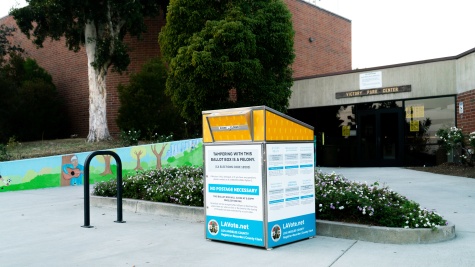How do you measure an election?
We have some ideas…
Eight years ago this month, a group of academics and election officials met to discuss a new project that the Pew Charitable Trusts had embarked on with the Massachusetts Institute of Technology: to figure out how to evaluate U.S. election management in a comprehensive, objective, and nonpartisan way.
The discussions would continue for another two years; it would be another year after that before the first public unveiling of their efforts would be revealed. Pew and this advisory group (which included MIT Election Lab’s own founding director Charles Stewart III, who was one of the convenors for the effort,) identified potential data sources for such an evaluation, reviewed the merits of 40 different potential indicators that could be used to measure an election, and slowly whittled those ideas down into something concrete, reliable, and accurate.
Wrestling with the questions involved in this kind of process is harder than it sounds. What parts of an election process must be included in order to accurately judge its management? What kinds of data are collected about those parts? Is there data? If the data exist, where is it? What quality measures should be put in place for the data? Are the data complete? Reliable? Consistent? Valid?
Ultimately, after many rounds of discussing and testing and tweaking, Pew launched the Elections Performance Index (EPI) in 2013.
The EPI provided the first comprehensive assessment of election administration in all 50 states & Washington, D.C.
It introduced 17 key indicators for election administration, which made it possible to compare election administration policy and performance objectively across states, and from one election to the next. The first iteration of the index summarized data and states’ performance for the 2008 and 2010 elections; in 2014, Pew added data from the 2012 election, and updated the index again in 2016 with data from the 2014 election.
Why the long gaps between editions? As many of the folks involved in developing the index knew, it takes time for election data to be collected and compiled by state and local officials, and more time still until that information is organized on a national level and made available. Researchers worked hard to double- and triple-check the data behind each of the indicators, carefully ensuring that the EPI reflected an accurate picture of the state of election administration in the states, and in the U.S. as a whole.
We are proud to be stepping into that picture as we work to finalize the final pieces of the 2016 Election Performance Index.
The MIT Election Lab was honored to take over the development and management of the EPI from Pew in 2017, and we have been hard at work since then getting everything in order and ready to go for the 2016 index. We remain deeply committed to the principles on which the EPI was founded, and to the idea that — by analyzing quantifiable data that allows for comparison across state lines and election cycles — we can begin to identify best practices and areas for improvement in election administration.
Since taking the helm of the EPI, we’ve been reaching out to state election officials across the U.S. to confirm that the data we have are accurate, and gathering more information about how and why their numbers, policies, or other factors have changed. Beyond serving as an important resource for scholars and policymakers, the index is intended to help these same administrators identify potential challenges they can address and measure the impact of changes that have been made in election policy or practice. In highlighting trends that otherwise might not have been identified, it helps them demonstrate to local decision-makers or state legislators where there is a need for more financial or technological resources.
We also hope that, with the increasing attention focused on the electoral process after the 2016 elections, the EPI will continue to be an important resource for voters to learn about election administration. How? By providing context for how the process works, and by providing a nonpartisan, objective evaluation of how well their state is doing, based on its own past performance as well as in comparison with other states.
We’re excited to announce that the 2016 Elections Performance Index will launch on August 9, 2018.
Between now and then, we encourage you to take a look at the 2014 index and explore the previous years of data that are available at elections.mit.edu. And we hope you’ll visit the website again on the 9th to see the brand new redesign, the new data from 2016, and to find out where your state ranks!


